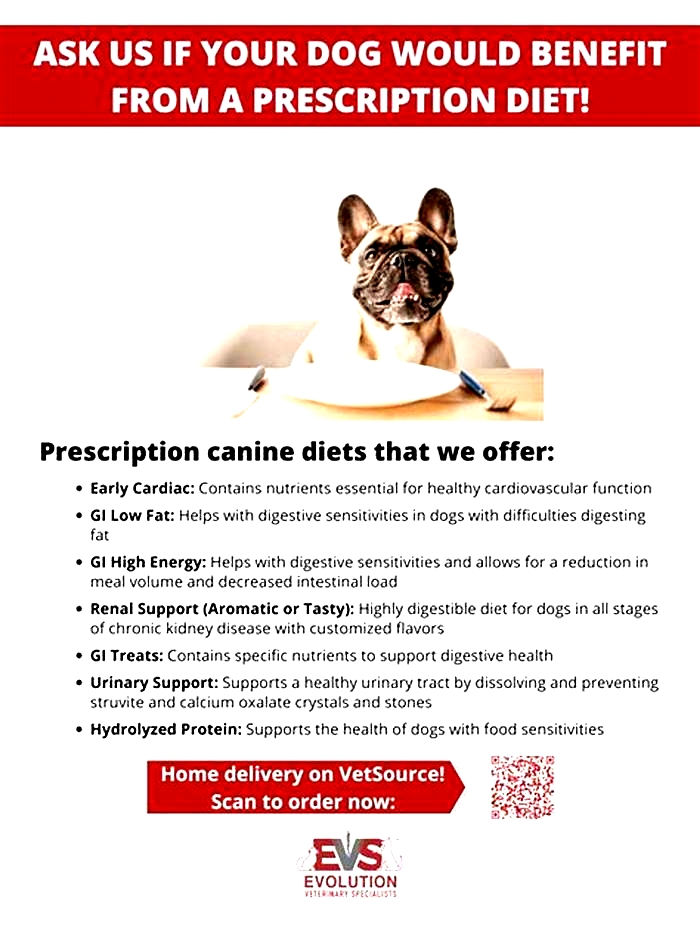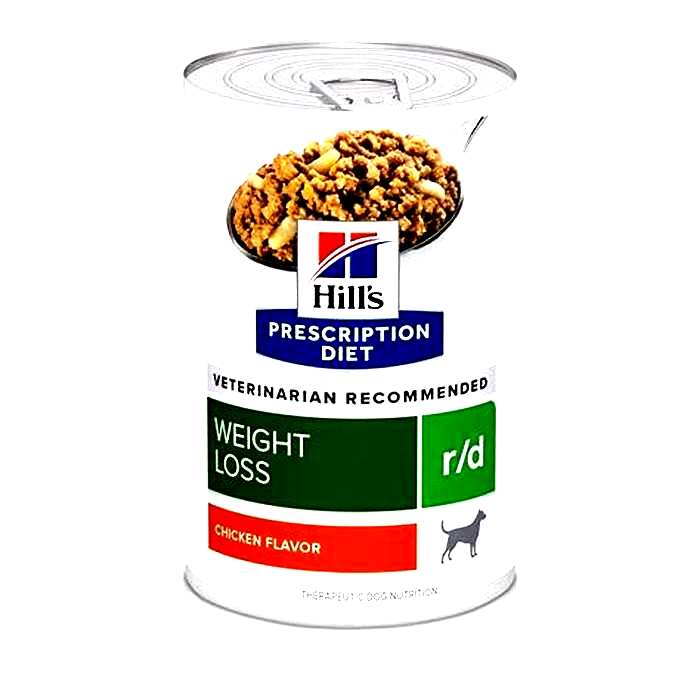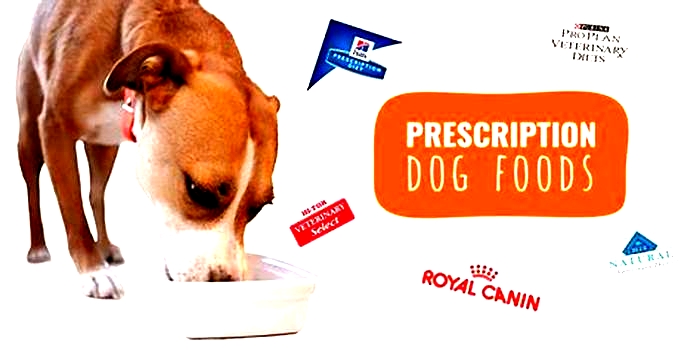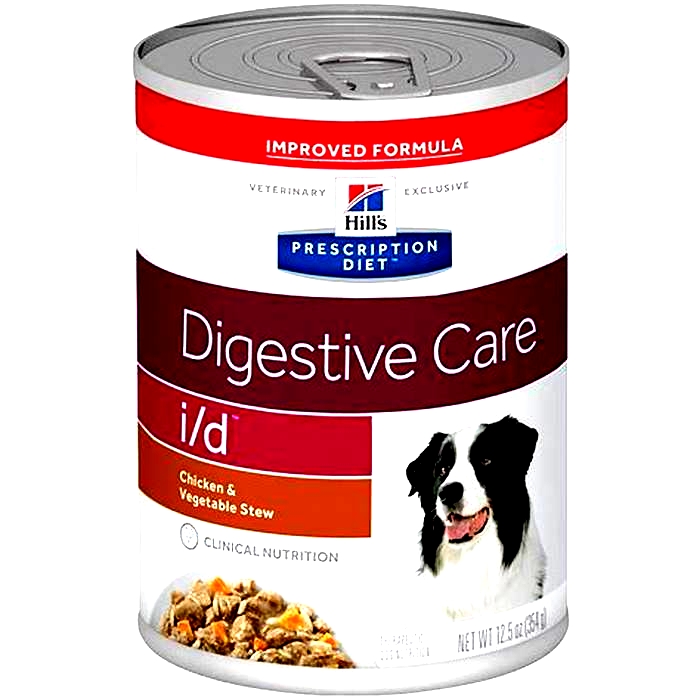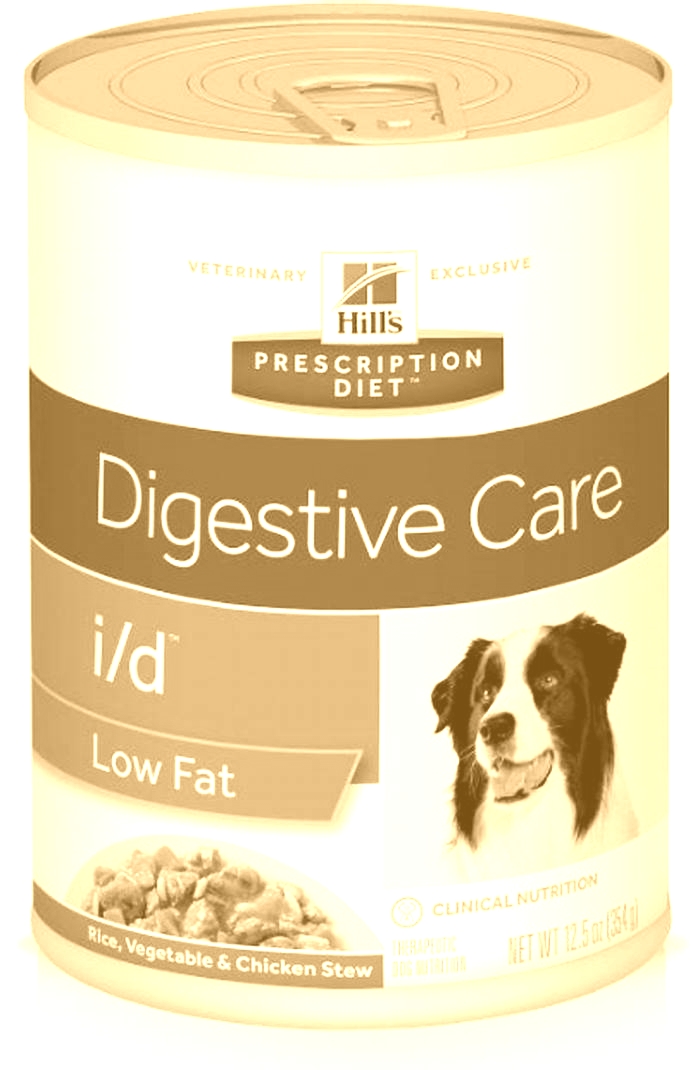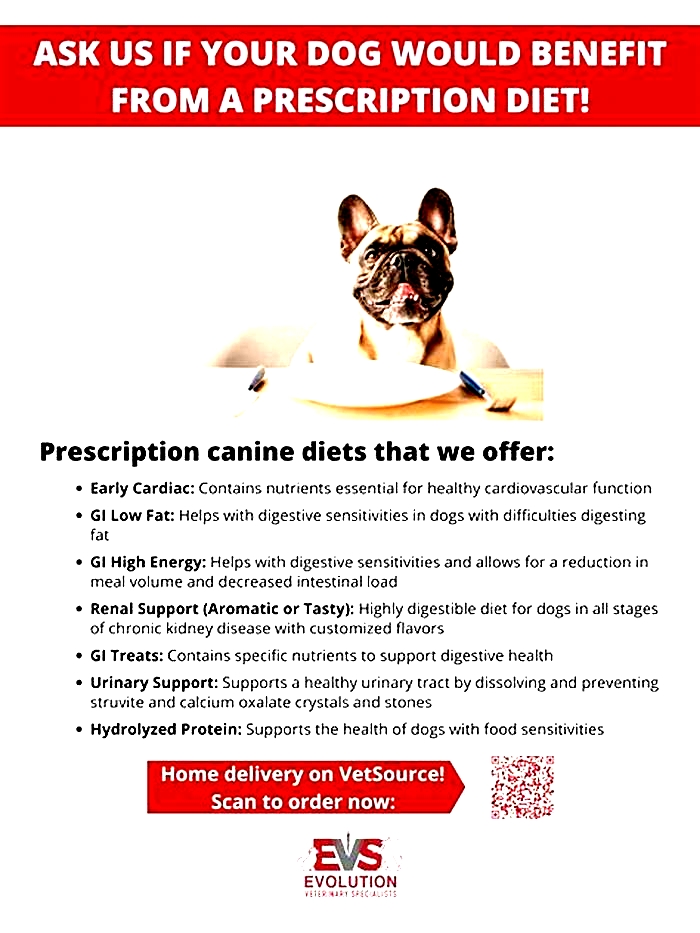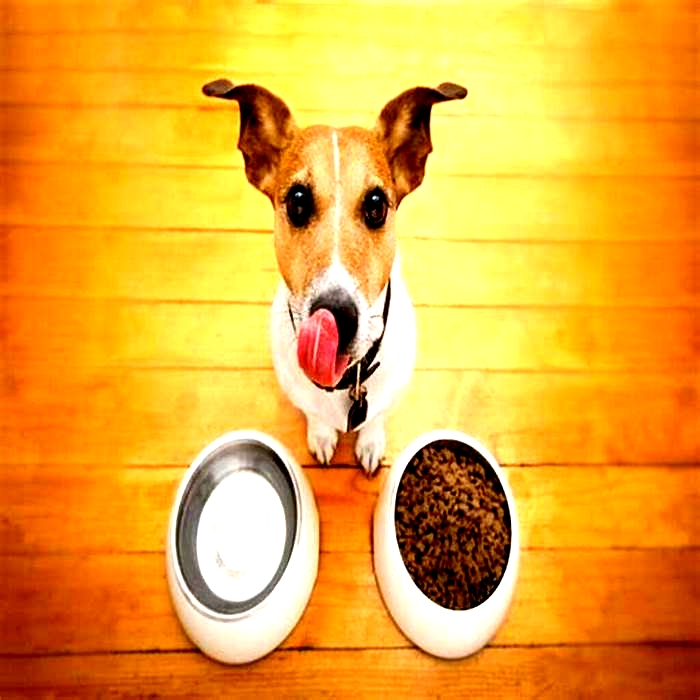Pawscription Nutrition A Guide to Vet Recommended Diets
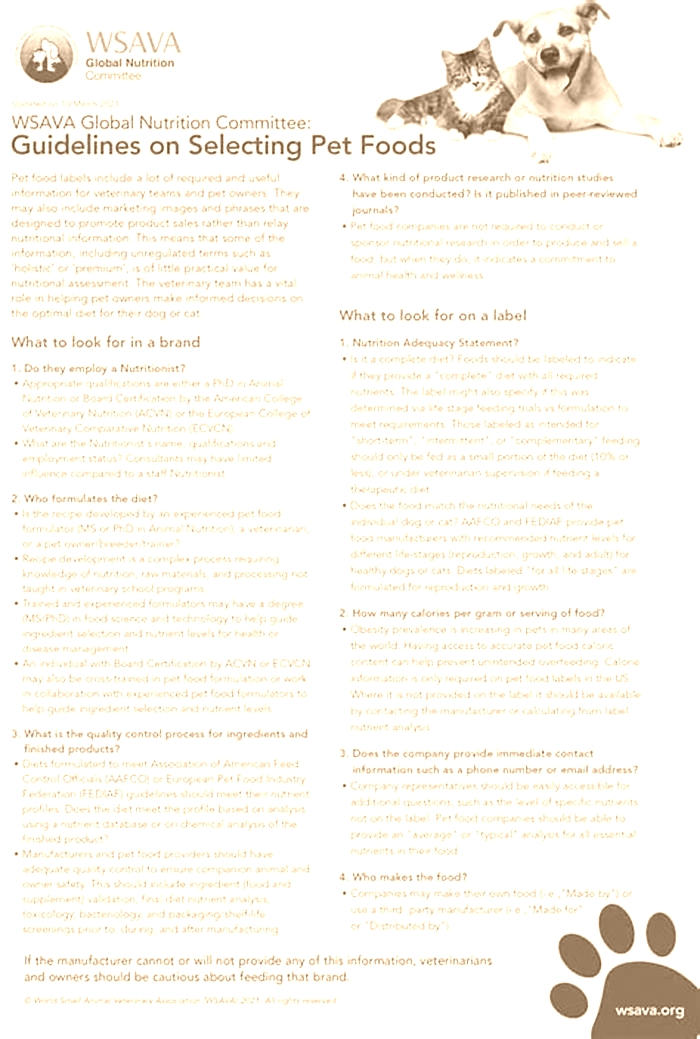
The Savvy VetTech
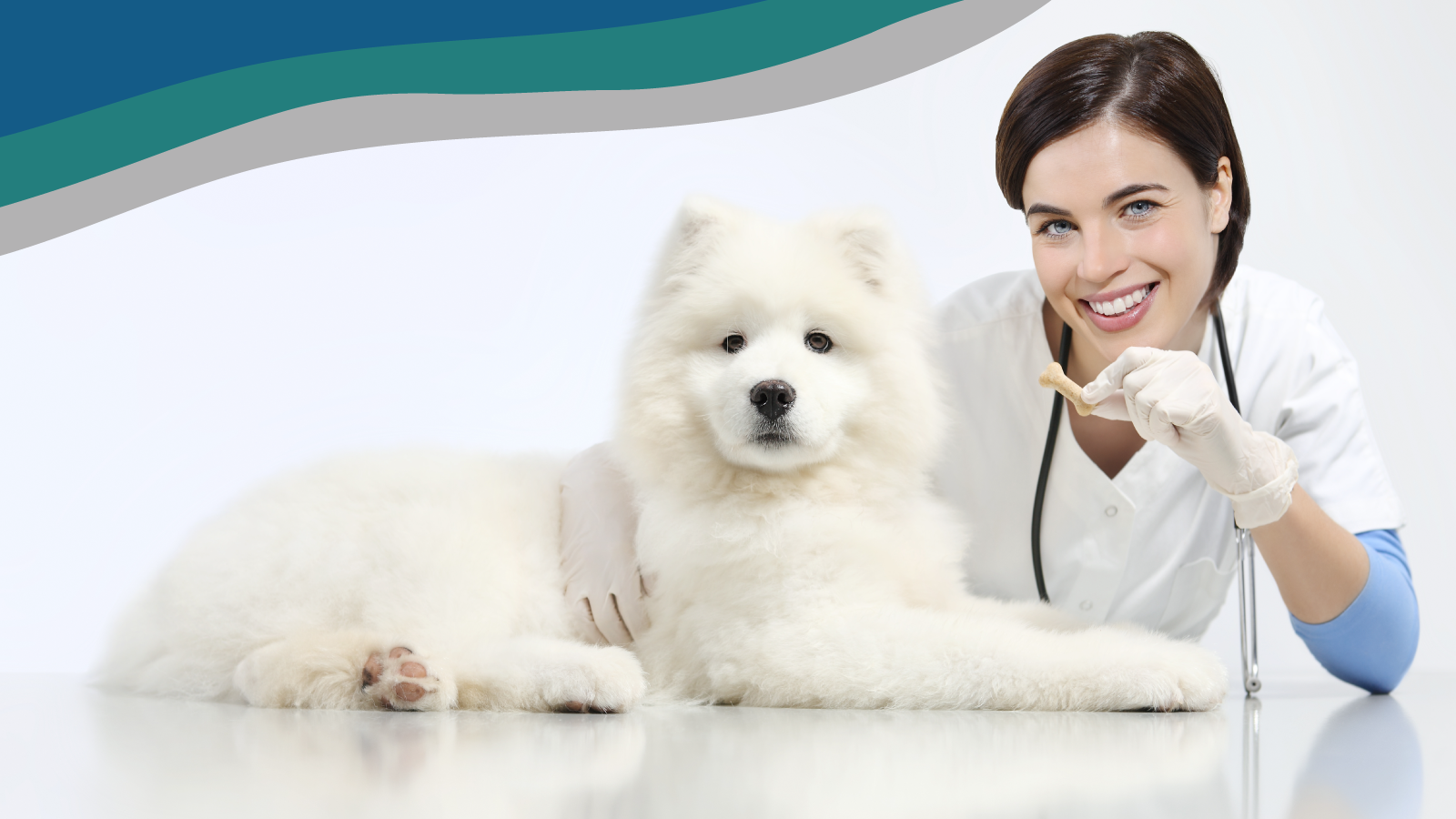
While most pets do well on any high-quality, over-the-counter commercial diet that is appropriate for their lifestage, some pets will benefit from a prescription diet. Prescription diets are specially formulated to mitigate a specific medical condition. These diets should be fed only under the supervision of a veterinarian; their formulation may not be appropriate for all pets.
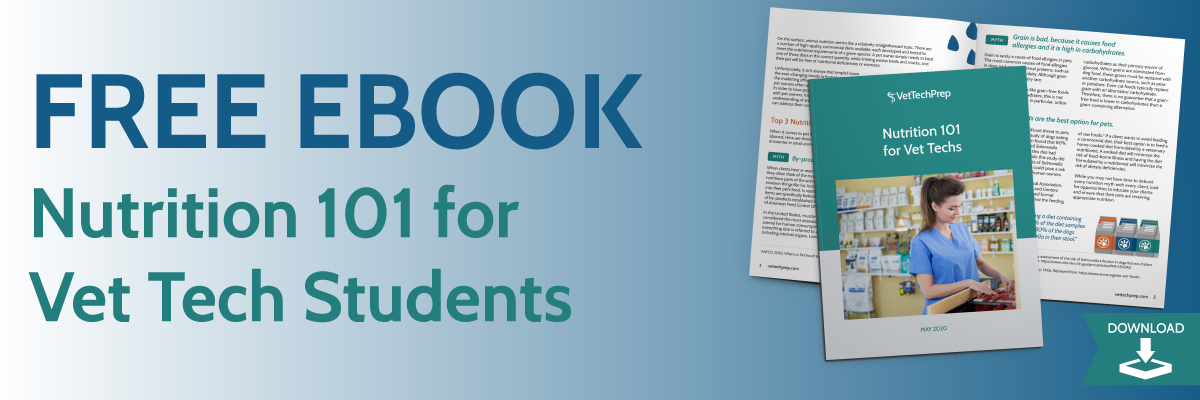
There are a number of companies that produce prescription veterinary diets. Royal Canin and Hills Prescription Diets are the most commonly-utilized diets in most veterinary practices, but Purina ProPlan Veterinary Diets and other manufacturers also produce prescription diets. While manufacturers differ slightly in which foods they produce and how these foods address a particular condition, they often offer comparable diets and the decision of which brand to use is ultimately up to the veterinarian.
The most common medical conditions addressed with prescription diets include the following:
Food Allergies
Pets with food allergies may experience either gastrointestinal signs or skin inflammation. Either type of food allergy can be treated with a prescription diet. There are two general categories of prescription diets used to manage food allergies, depending on the individual pets needs.
The most restrictive diets are hydrolyzed protein diets. These diets are processed in a manner that breaks dietary proteins into very small fragments, which are too small for the immune system to recognize. These diets are often beneficial for a food trial, but many clients find them expensive; therefore, they may not be practical for long-term feeding.
The other type of diet used to manage food allergies is limited-ingredient diets, formulated with protein sources that are less common. The use of a limited-ingredient diet to manage food allergies requires the owner to know which protein sources have been used in their pets previous diets, so that they can select a protein source that their pet has not been exposed to in the past. Prescription limited-ingredient diets are generally regarded as superior to over-the-counter limited-ingredient diets, because they are manufactured in a manner that minimizes the risk of cross-contamination.
Gastrointestinal Disease
Gastrointestinal diets are formulated to be highly digestible and low in fat and fiber. These characteristics minimize the effects of a variety of gastrointestinal diseases, including both acute and chronic conditions. In most small animal general practices, gastrointestinal diets are prescribed on a near-daily basis to manage acute colitis and gastroenteritis.
Hepatic Disease
Hepatic diets are formulated with low copper levels, moderate protein levels, and antioxidants to support liver function. Copper in hepatic diets is minimized for two reasons: some dogs develop liver disease secondary to copper accumulation (caused by a genetic abnormality), while other pets accumulate hepatic copper as a result of liver disease. Reducing dietary copper helps address both of these potential problems and is recommended for all pets with hepatic disease. Protein is limited to moderate levels, in order to minimize the metabolic load on the liver. Antioxidants reduce liver inflammation, which can slow the progression of disease.
Joint Disease
As dogs and cats age, they may be diagnosed with osteoarthritis or other joint diseases. Prescription diets contain glucosamine, chondroitin, omega-3 fatty acids, and antioxidants. Glucosamine and chondroitin improve the health of the pets cartilage, while omega-3 fatty acids and antioxidants decrease inflammation. Additionally, these diets are typically low in calories, combating weight gain that often accompanies age and mobility issues.
Renal Disease
Prescription renal diets are typically formulated to be calorie-dense, with low levels of protein, phosphorus, and sodium. These diets are also formulated to be rich in antioxidants and omega-3 fatty acids. Caloric density is important to offset the inappetance that is common in renal failure. Reduced protein levels decrease the filtration load on the kidney, reduced phosphorus delays the progression of kidney disease, and reduced sodium decreases the risk of hypertension. Antioxidants and omega-3 fatty acids reduce inflammation and limit ongoing damage within the kidney.
Urinary Health
In general, urinary diets serve two purposes: dissolution (of struvite stones) and prevention. Depending on the food manufacturer, the same diet may be used for both purposes or there may be two separate diets (one for dissolution, one for maintenance). Urinary diets used to address struvite and oxalate stones have low levels of magnesium, phosphorus, and calcium, all of which act as urinary stone precursors. Diets to prevent urate stones are formulated with low protein levels, which is the primary urate precursor. Urinary diets are also formulated to optimize urine pH and promote the production of dilute urine.
Weight Loss
Like over-the-counter weight loss diets, prescription weight loss diets are formulated with a low calorie content. The primary difference between prescription and over-the-counter weight loss diets, however, lies in the nutrient concentration. If a client reduces the quantity of their pets over-the-counter food drastically, to promote weight loss, the pet may experience deficiencies in certain nutrients. Prescription weight loss diets are formulated to provide higher levels of nutrients per calorie, to prevent deficiencies in pets consuming a low number of calories. Additionally, prescription foods may contain ingredients that increase a pets metabolic rate.
Talking to Clients About Prescription Diets
When recommending a prescription diet for a pet, take the time to explain the diet to your client. Clients are more likely to accept a diet recommendation if they understand why and how the diet will benefit their pet.
Additionally, provide your client with clear expectations. Is this diet intended for short-term or long-term feeding? Will they see an improvement in clinical signs, or is the diet intended to slow the progression or recurrence of disease? If an improvement in clinical signs is expected, how quickly should the improvement be seen?
Finally, encourage your client to ask questions. Ask them if they foresee any barriers to transitioning the food or to continuing on the food for as long as the veterinarian says is necessary. Brainstorm with the client to overcome as many concerns as possible, so that the client is less likely to give up if the food transition is not an easy one.
Setting realistic expectations and encouraging clients to ask questions can maximize the chances that your patient receives the therapeutic diet that it needs.
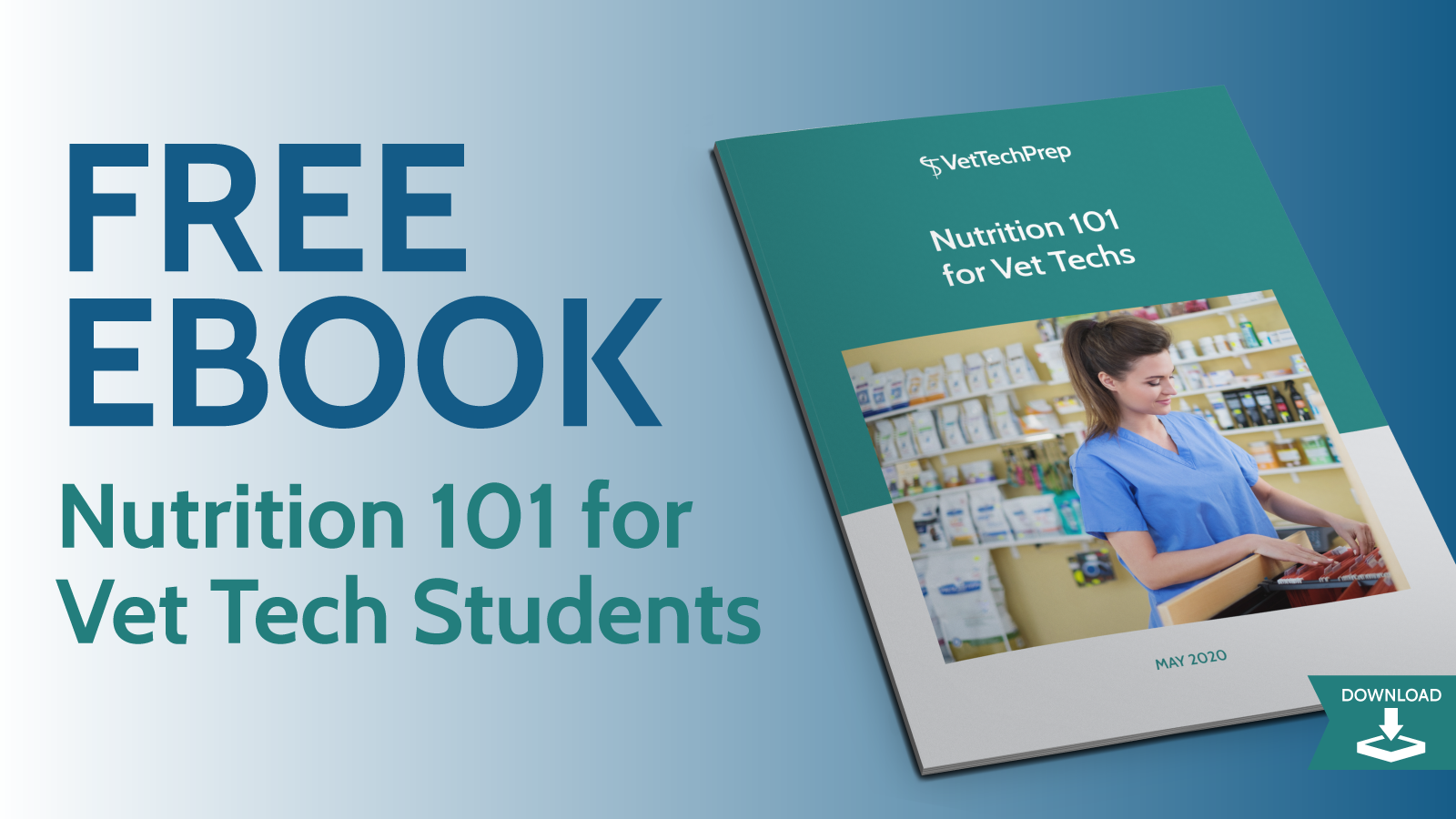
To live a long, healthy life, your cat needs proper nutrition. Here are some things toconsider when selecting an appropriate diet for your cat.
Necessary Nutrients
Cats are obligate carnivores, which means that they rely on nutrients found only in animal products. Cats evolved as hunters that consume prey that contains high amounts of protein, moderate amounts of fat, and a minimal amount of carbohydrates, and their diet still requires these general proportions today. Cats also require more than a dozen other nutrients, including vitamins, minerals, fatty acids, and amino acids.
Although your cat needs certain amounts of each specific nutrient to be healthy, more is not always better. This is particularly true of vitamins and minerals, so the use of supplements is usually not necessary if you are feeding a balanced and complete diet. Supplements can be harmful to your cat, and they should never be given without a veterinarians approval. Cats should have access to clean, fresh water at all times.
Types of Commercial Cat Food
Commercial cat foods are formulated as dry, semimoist, and canned. These products differ in water content, protein level, caloric density, palatability, and digestibility.
Dry Food
Dry food contains between six and 10 percent water. Depending on the specific formulation, a mixture of ingredients are combined, extruded, and dried into bite-sized pieces. Ingredients may include:
- meat and/or meat byproducts
- poultry and/or poultry byproducts
- grain and/or grain byproducts
- fish meal
- fiber sources
- milk products
- vitamin and mineral supplements
The pieces of dry food are often then coated with flavor enhancers, such as animal fat, to make the food more appetizing.
Dry cat food is relatively inexpensive, and since it does not dry out, it offers owners the convenience of free choice feeding. However, dry food may be less palatable to a cat than moist or semi-moist food, and depending on the types and quality of the ingredients, may also be less digestible. If you do use dry food, it is important to store unused portions in a cool, dry location, and not to use the food after its expiration date. Owners often buy large amounts of dry food that can sometimes be stored for months, so checking the expiration date before feeding it to your cat is very important. Storing food for a long period of time decreases the activity and potency of many vitamins and increases the likelihood that fats will become rancid. Its a good idea to store dry cat food in an airtight container to help prevent nutrient deterioration and maintain flavor.
Semi-Moist Food
Meat and meat byproducts are the primary ingredients of semi-moist food, which contains approximately 35 percent moisture. Other materials, including soybean meal, cereals, grain byproducts, and preservatives are added to make the final product. The cost of semi-moist food is generally mid-range. Semi-moist foods may be more appealing than dry cat food to some cats and can also be fed free choice. After the package is opened, however, the food can dry out, becoming less palatable and/or becoming rancid.
Canned Food
Canned cat food has a moisture content of at least 75 percent, making it a good dietary source of water. It is generally the most expensive type of cat food, but is also highly palatable for most cats. Many different varieties are available, which can be helpful if your cat is a finicky eater. Canned food has the longest shelf life when unopened, but any unused portion of opened canned cat food should be refrigerated to maintain quality and prevent spoilage. Gourmet canned cat foods generally feature meats, such as kidney or liver, and whole meat byproducts as primary ingredients. Some brands, however, may be nutritionally incomplete, and it is important to read the nutrition labels carefully on such specialty cat-food items to ensure that they have a nutritional guarantee.
Choosing A Food
Commercially prepared cat foods have been developed to give your cat the correct balance of nutrients and calories. Basic minimum nutritional requirements for cats have been established by the Feline Nutrition Expert (FNE) Subcommittee of the Association of American Feed Control Officials (AAFCO), and manufacturers use these standards in producing cat foods.
Reading the nutrition label on food packaging is the best way to compare cat foods. Pet food manufacturers are required to supply certain nutritional information on the package. Labeling regulations are established by the AAFCO and the United States Food and Drug Administration. All pet foods that carry an AAFCO-approved nutritional guarantee, often referred to as theAAFCO statement, are considered to be nutritionally complete and balanced.
A cats nutritional requirements change through different stages of life. These stages include kittenhood, adulthood, pregnancy, and lactation. The nutritional claim on the cat food label should state the stage of a cats life cycle for which the food is complete and balanced, and that it meets the requirements of the AAFCO. Some cat foods are formulated for all life stages, which can simplify the selection process for owners with multiple cats of different ages.
In choosing a cat food, it is also important to read the ingredients list. As with human foods, the items are listed in order of decreasing proportional weight. Look for foods in which meat, meat byproducts, or seafood are listed among the first few ingredients, as this indicates the food probably contains enough animal-source ingredients to supply essential amino acids and fatty acids.
Once you have determined that a food is complete and balanced, choosing between the types of food may be a matter of what your cat prefers. Some cats like canned food, some like dry food, and some like a combination of the two. Choose the ones that work best for your cat.
Homemade Diets
Making your own cat food is a difficult and time-consuming process, as the recipe may not contain the right quantities and proportions of nutrients for your cat. It is generally recommended that cat owners purchase nutritionally balanced commercial foods, unless a veterinarian recommends a home-formulated recipe for medical purposes. In that event, your veterinarian will likely recommend a recipe developed by veterinarians certified in animal nutrition.
Treats
While giving your cat an occasional treat is not generally harmful, they are usually not a nutritionally complete and balanced source of nutrition and should only be fed occasionally. A good rule of thumb is not to let treats exceed 10 to 15 percent of a cats daily caloric intake. In addition, some foods should be avoided completely. Although raw meat is an excellent source of many nutrients, it is not recommended as a food or a treat for cats, because it is a potential vehicle for toxoplasmosis and other infectious diseases. Some cats that have consumed canned fish products meant for humans have developed potentially serious neurological disorders. Milk is not generally recommended as a treat for cats, as many cats are lactose-intolerant and can develop gastrointestinal problems if fed dairy products.
Other Considerations
Cats can be choosy about where they eat. Keep in mind that heavy-traffic areas, noise, the presence of other animals, dirty food containers, or nearby litter boxes can deter a cat from eating. Try to be sensitive to your cats eating behavior, and make necessary adjustments.
Maintaining a healthy weight is another important consideration. Cats vary greatly in the amount of food they need to consume to ensure they dont become over-or underweight. Obesity is the most common nutrition-related problem in cats, and makes cats susceptible to a number of health problems, including arthritis and diabetes. Ask your veterinarian to help you determine the ideal body weight for your cat and follow their suggestions for adjusting your cats diet to reach and maintain that weight (Figure 1).
Although many cats are content to eat a single food, some cats may develop finicky eating habits and become very selective about what foods theyll accept. Feeding your cat two or three different cat foods provides flavor variety, and may prevent your cat from developing an exclusive preference for a single food. A cat that refuses to eat can develop serious medical problems. This is true for sick cats that lack an appetite, for cats on a diet, and for the finicky cat that refuses to eat. A veterinarian should examine any cat that refuses to eat and is losing weight.
Updated July 2017

